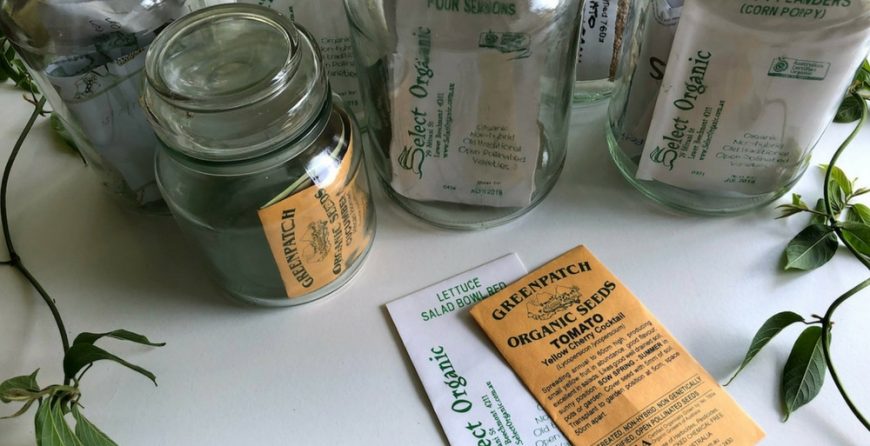Using MCG BioMarkers (plant markers) can be one of the best ways to keep your organic garden organized. Not only do these help you keep all your vegetables straight in the maze of your garden, but they also help you remember important information such as sunlight, hydration requirements, soil preferences, species, and more.
If you don’t use plant markers in your garden, we’re here to tell you that you’re seriously missing out. Or maybe you’ve thought about it before but you’re unsure of the best way to use them.
What’s the purpose behind using plant labels?
The main reason for using plant markers is to help you keep track of the different species of plants you have. As an organic gardener, it’s normal for you to have a variety of species in your garden patch. Perhaps you have a steel trap for a mind, but not all of us were born with such a gift and we could use a little help remembering.
Benefits you’ll enjoy
Plant markers that stand out will help you become a more efficient gardener. Markers that stand out will serve you well since you’ll easily spot them and can see the information you need quickly while you’re in the garden.
When you use MCG BioMarkers (plant markers) combined with weatherproof labels (ink jet or laser), you’ll enjoy the convenience of customizing your information, choose markers in your preferred colors, and reuse them from season to season. By using different colors, you can set up zones or categories for quick referencing.
What information can plant markers highlight?
When you use plant markers in your garden, you’ll enjoy the convenience of having all the important information in one place. Instead of whipping out your phone or looking back at the seed packets, you can easily reference the markers next to your vegetables.
We suggest putting the following info on your plant markers so they benefit you as much as possible:
1.Hardiness Zone
Every vegetable has its own growth requirement, tolerance to extreme conditions, and soil drainage preference. These characteristics can be summarized on the labels or you can use your own symbols to easily identify what your plants need.
2.Sunlight
Some plants need a lot of direct sunlight, i.e. Daylilies, iris, peony, whereas others like Hosta’s, will need shade. Make sure your labels have all needed information, i.e., how much sunlight your plants need so you can place them accordingly.
3.Hydration Levels
When you planned your organic garden this year, you probably thought about how much water your plants will need. With Iowa summer setting in, now is the opportune time to ensure your labels have watering instructions on them.
4.Label, label and label
One last very important recommendation. Place a weatherproof label on the back side of the plant marker so you have double protection of the information. The weatherproof labels last a long time but will degrade over time depending on the environment. This in the shade tend to last longer as they’re not being subjected to the strong UV rays from the sun. If per chance you lose the label on the face plate, you’ll have a backup on the back!
Conclusion
MCG BioMarkers are weather and waterproof that are crafted from recycled plastic and corn cob fibers and have been in the market since 2009. The plant labels/markers can be handwritten with a permanent ink marker or laser/ink jet printed. They are also pressure-sensitive, which means they’re easy to remove from your garden when they start to wear out. Make sure your organic garden is ready for the summer and fall seasons by adding some biomarkers to it.


